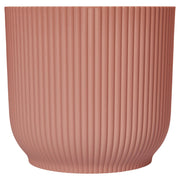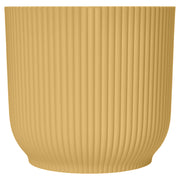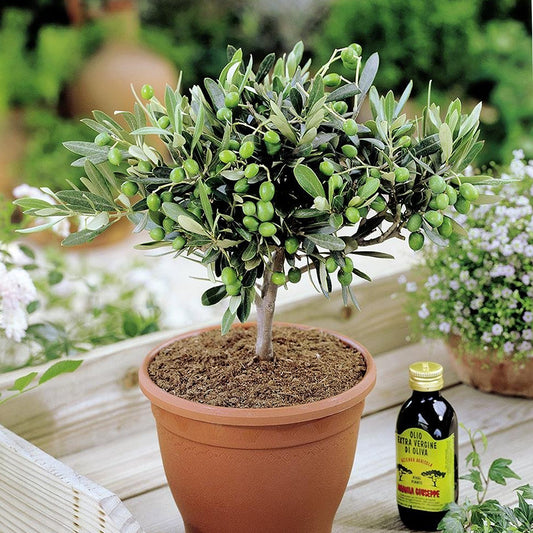Product description
Tillandsia Cyanea, commonly known as Pink Quill, is a houseplant with year-round foliage and a striking centrepiece. Its arching leaves are bright green and surround a long-lasting pink bract resembling a quill. Its violet Summer flowers will only last a few days.
Part of the Bromeliad family, this variety will happily grow as a houseplant and show its versatility and robust nature. It is also native to tropical rainforest environments, so misting between watering is key, whilst also situating it in a bright space with indirect sun.
This baby plant will take a while to mature, but once it does you will see the full benefit of its colourful centre and vibrant foliage. It is a great plant if you're looking to add a burst of colour into a space lacking in character!
Growing your Tillandsia from its baby stage into a mature, healthy plant is all part of the journey that brings joy to all levels of plant enthusiasts up and down the country.
It’s not unusual to give your plant a name… so don’t hesitate to choose one that you think suits the plant! Try naming your plant with the first name or word that you think of when you look at it - that’s how we ended up with an orchid named Clover and spider plant called Joseph.
Plant specs, care guide & tips
Key features
Specifications
Instructions
Top Tip
Fertilise your Tillandsia monthly during the growing season with a bromeliad-friendly liquid fertiliser diluted to half strength. Rotate their position occasionally to ensure even light exposure and growth. Keep them away from cold drafts and heaters, as sudden temperature changes can stress the plants. For vibrant, healthy foliage, group Tillandsia together to create a mini humid microclimate.
How to Water
To water Tillandsia, soak them in room-temperature water for 20–30 minutes once a week, increasing frequency during hot or dry conditions. Shake off excess water thoroughly to prevent rot, and ensure they dry completely within 4 hours. Mist the plants between soakings, especially in low-humidity environments, to maintain adequate moisture. Use rainwater or filtered water, as minerals in tap water can harm them over time.
How to Plant
Tillandsia, commonly known as air plants, do not require traditional soil for planting. Instead, place them in a well-ventilated location with good air circulation, such as on a piece of driftwood, a decorative glass terrarium, or hung using a wire or string. Ensure they are secured but not compressed, allowing their roots to naturally cling for stability. Position them in bright, indirect light, avoiding prolonged exposure to direct sunlight, which can dry them out quickly.




























